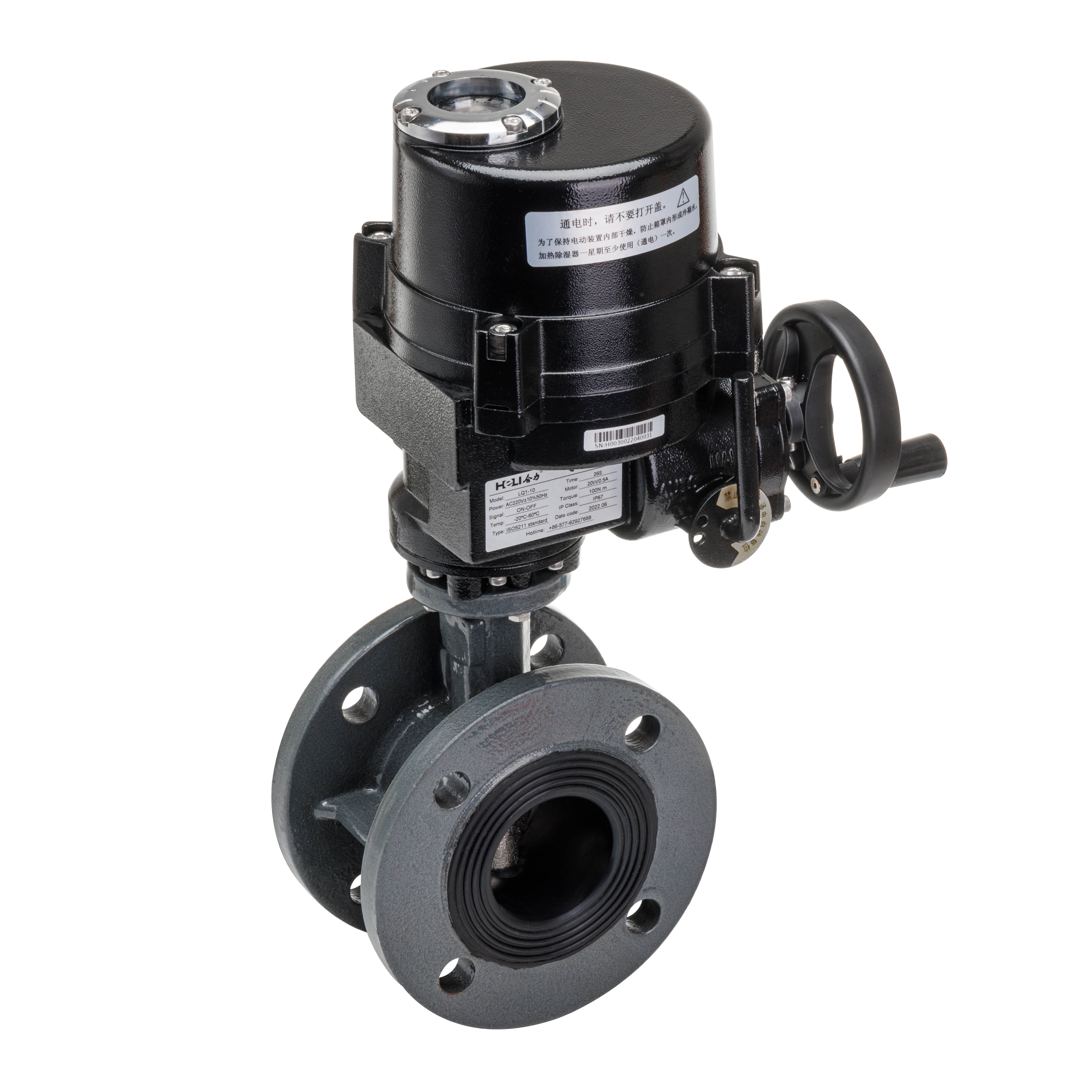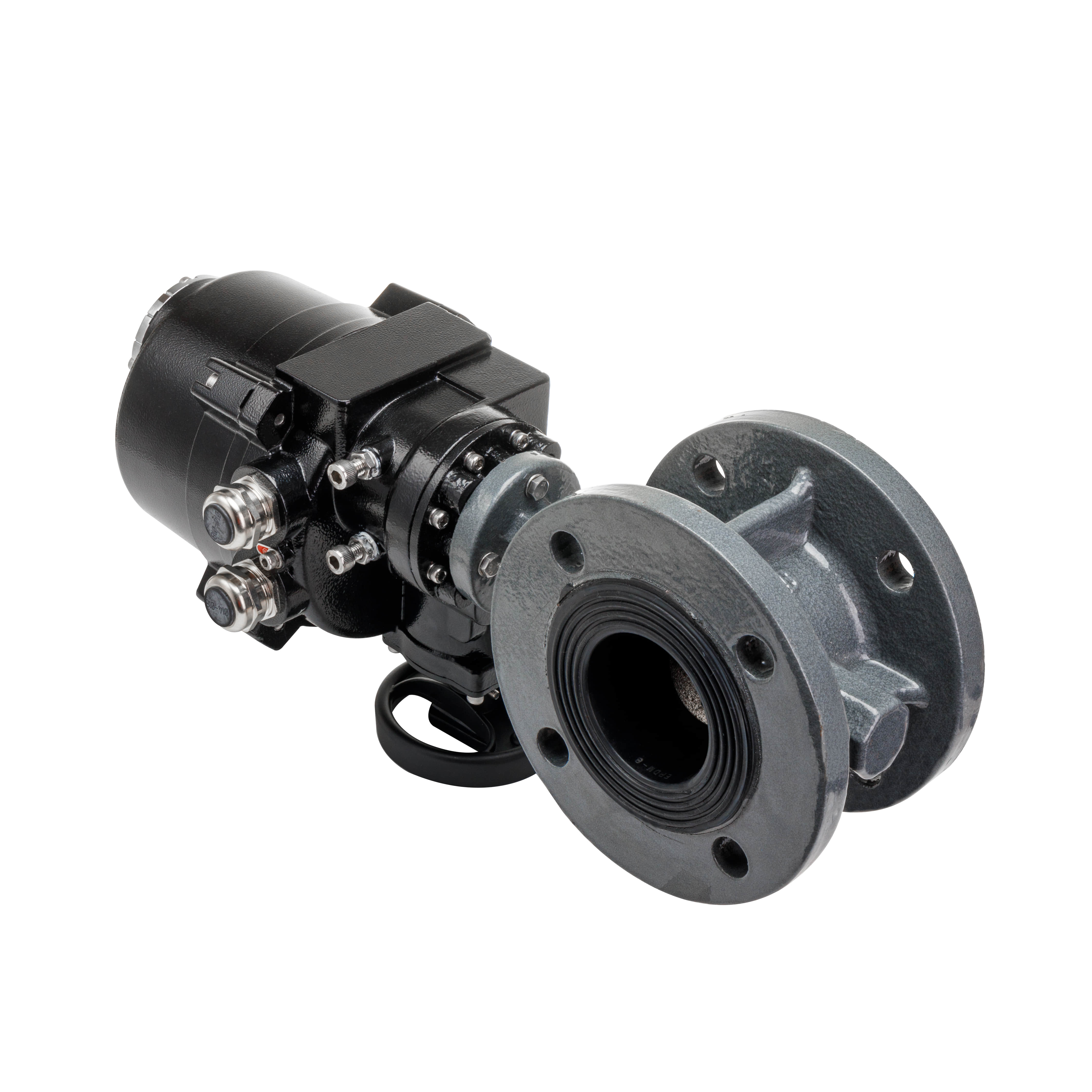understanding electric ball valves: efficiency and versatility in fluid control
Release time:2024-11-15 08:11:44
Electric ball valves are essential components in various industrial applications, providing precise control over fluid flow. These devices combine the simplicity of a ball valve with the automation of electric actuators, making them ideal for a wide range of tasks in sectors such as water treatment, HVAC, and chemical processing. In this article, we will explore the functionality, advantages, applications, and considerations for using electric ball valves.

Functionality of Electric Ball Valves

At its core, an electric ball valve consists of a spherical disc (the ball) with a hole through the center, which allows fluid to pass when aligned with the flow. The valve can be rotated 90 degrees to either block or permit flow, making it an effective shut-off mechanism. The electric actuator, attached to the valve, controls this rotation via an electric signal, enabling remote operation or integration into automated systems.



